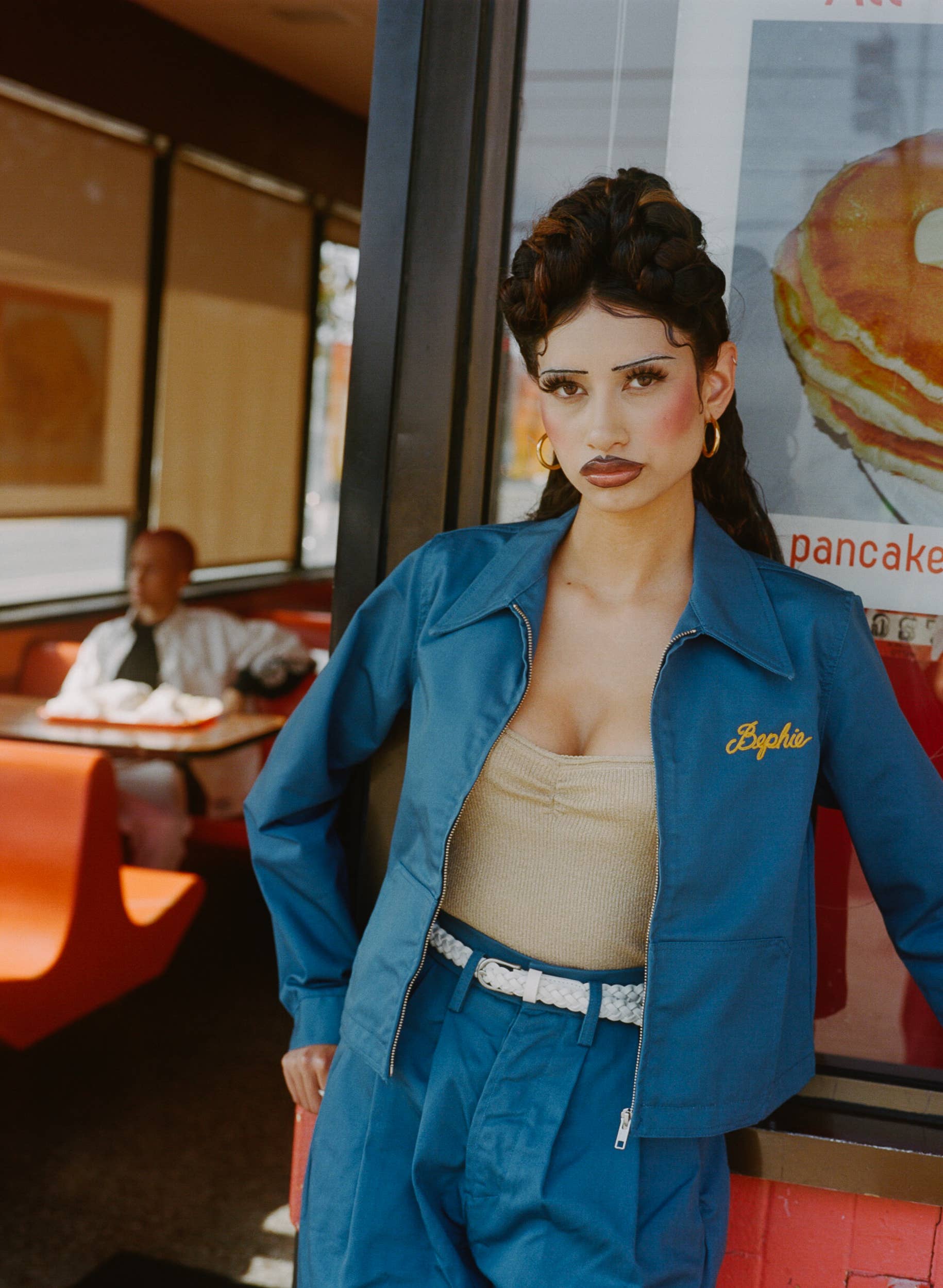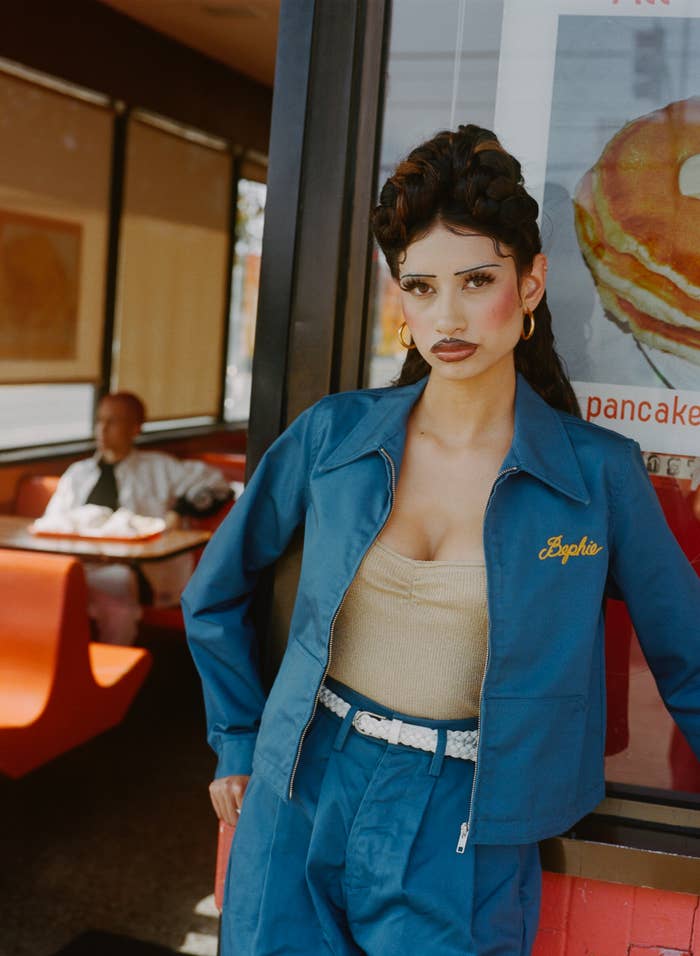
In February 2018, wardrobe stylist and Union co-owner and creative director Beth Gibbs presented a collaboration between Bephie, her women’s streetwear brand, and No Sesso, a genderless fashion label, at the Underground Museum in L.A. Models entered the Purple Garden in clothes that featured a print, created by No Sesso designer Pierre Davis, of black women with door knocker earrings, finger waves, and oversized sunglasses.
The collection was inspired by the communities in black church and black hair. “I like to work with smaller brands because, quite frankly, I’m more inspired by young kids that are doing really cool and different stuff,” Gibbs says. “And that’s why I collaborated with No Sesso. Pierre approached me and talked about how there really isn’t any female or trans representatives in streetwear. I told him we should do something about it.”
Over the years, a few women’s streetwear brands have popped up, including HLZBLZ, Married To The Mob, Stussy Women, and JENNIFER. But the category has often been dominated by men. Gibbs, who launched Bephie in late 2017, wants to change that narrative and offer consumers a different option from the usual skate and surf-inspired streetwear labels flooding today’s market. But more than that, she hopes to represent for women, specifically black women and women of color, who are often underrepresented in streetwear.
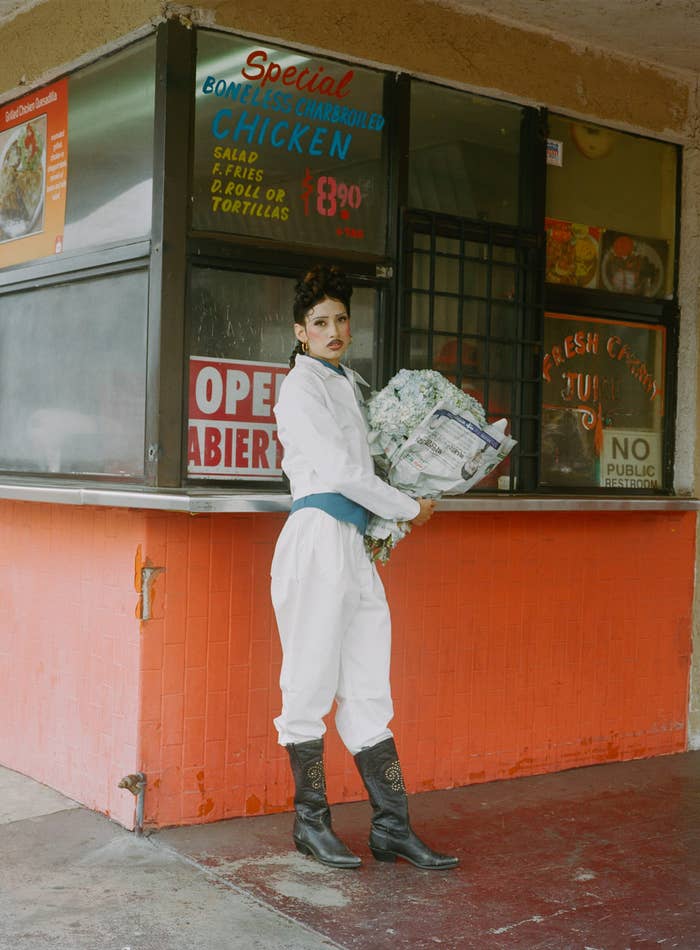
Gibbs has been entrenched in the streetwear world since its early stages. As a teenager, she met Supreme founder James Jebbia and his now wife Bianca, and later worked the floor at Supreme and Stussy’s flagship stores in New York—long before either brand amassed such large followings. “At the time, I feel like the people that worked there had their own sense of style,” says Gibbs. “James really plucked out people that had their own thing going on. We were chosen to work there based on your style, how you looked, and what you were into.”
Since then, she has worked as a Music Programmer at MTV, where she helped pick the videos that aired on the network and conceptualized many of the artist’s performances, and co-owns Union with husband Chris, taking on the business from Jebbia, Mary Ann Fusco, and Eddie Cruz over a decade ago. She’s also a freelance wardrobe stylist and has worked with Future, Nike SB, Nike Running, Converse, and other commercials, TV shows, films, and ad campaigns.
We caught up with Gibbs to talk to about Bephie, her new collaboration with Dickies (available at Union on May 31), why she thinks there aren’t more women’s streetwear brands, and how streetwear has become “white-washed.”
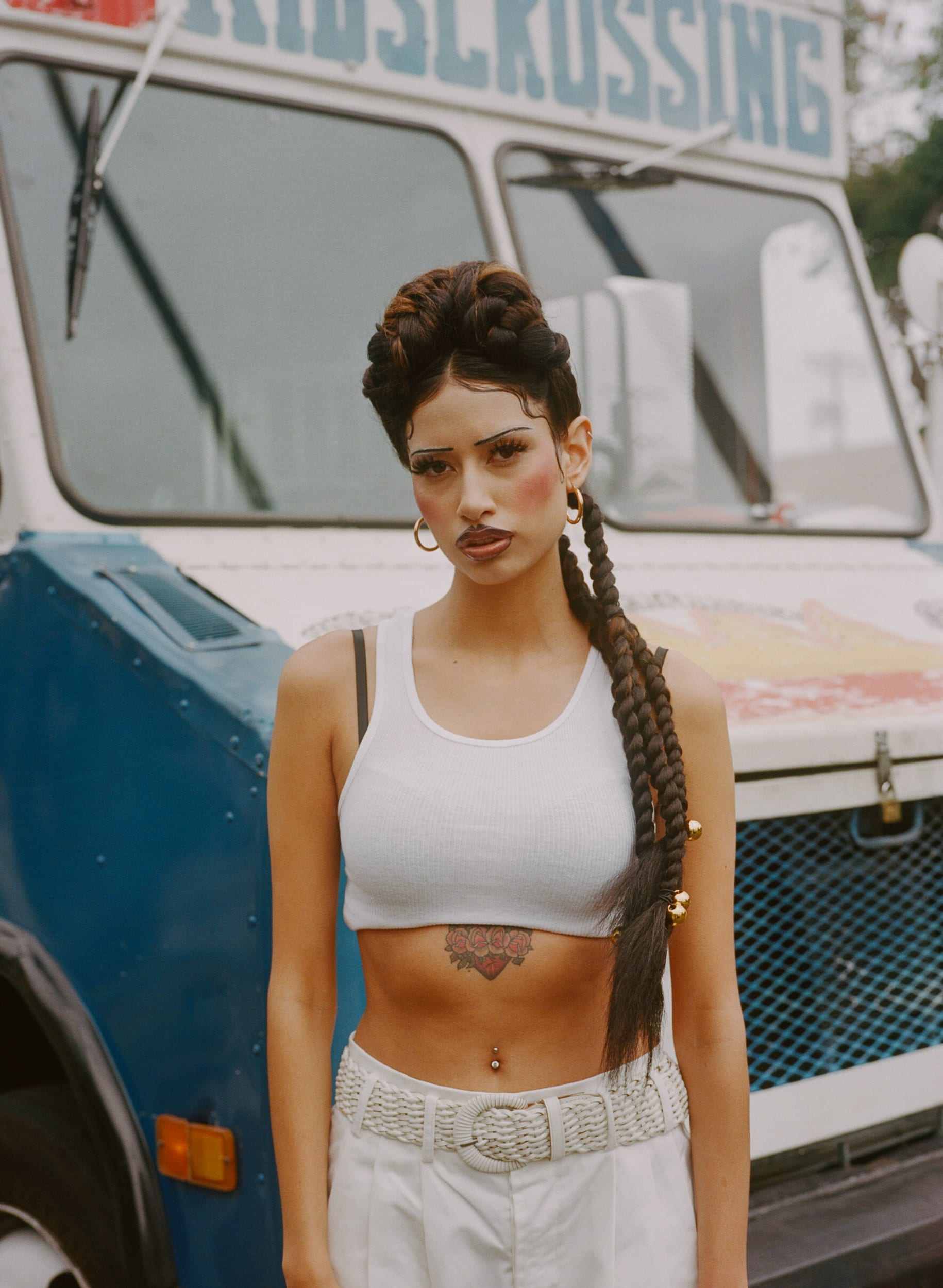
Why did you decide to launch Bephie?
There wasn’t a lot of women [in streetwear] ever. There’s a lot of women behind the scenes, but it’s such a male-dominated world. And I found myself not knowing where to go, but then I was like, Wait. This is my world. I've always gravitated to this world. I've been a part of it for a long time. I really just didn't take ownership of it because a lot of girls that do streetwear basically did what guys did. Or it was to the male gaze. But I have such a strong personality, which I think is how streetwear started. The people that have really made it what it is, they had a strong identity, a strong sense of self and they did it in the simplest form, like a T-shirt or just created a lifestyle around it. So then I was like you know what? I want to do that.
I’m a woman, a different type of woman, I'm a black woman and we're really not represented in this world. I was like, I have to do this. I have to represent for girls like me that maybe don’t see us. It's a problem that there's not really a presence of young cool girls that are doing them and not doing what they think guys wanna see women doing.
In general, there’s a lack of women’s streetwear brands or female presence in streetwear. But the thing I always battle with is, some—not all—women’s streetwear brands only offer the female version of the men’s stuff.
Yeah. And the guy’s stuff is better.
And a lot of times, what happens is women just prefer to wear the men’s stuff.
Yeah, but you have to have a clear identity of who you are and what kind of lifestyle you want to represent. And I don’t think that has existed.

You launched Bephie last year, but you’ve been in streetwear for decades. How long has the brand been in the works?
I would say three years. And, you know, it takes a minute—especially because I have a lot going on. I also run Union, I have kids, I’m a freelance stylist. It's still taking me time because I really want it to be authentic to who I am—female, black, everything I am—what inspires me, and what influences me because I wanna encourage other women to do that as well.
Originally, I wanted to do something more than just a T-shirt because as much as I like T-shirts, and everybody loves a good T-shirt, I wear other things too. So I’ve just been trying to figure out how to do that as well. I’m not a designer. I went to Parsons School of Design, but I studied Fashion Marketing. But I think that’s okay. I don’t think I have to be a designer. I still have a clear vision that I want to convey.
Pierre had an interesting quote about the Bephie x No Sesso collaboration. He said, “Streetwear means street. It starts from the street. I just think it’s so funny how streetwear culture... it’s turned into this big, high-end market and there’s no real street brought into it as much as it used to be…” I love that. And that’s what initially drew me to Bephie.
In the very early stages of streetwear, I saw that the streets were slowly not being represented anymore and it was just becoming appropriation. To Pierre’s point, I do think that we wanted to do something that was about the street, real culture that’s getting white-washed and overlooked. It came from this world, the street, and fashion started appropriating not just streetwear but black culture and we wanted to take ownership of it. They like to appropriate us and put us on a white girl or a white guy, but yet we weren’t allowed to benefit from streetwear. We have to take that back.
Your designs, and even the capsule with No Sesso, often have illustrations of women, black women. Talk to me about that.
When Pierre and I decided to do the collaboration, we talked a lot about having an all over print. Whether it’s Raf Simons or even in the art word, they often use models or faces of people. But there’s never black people or black people that you know and can relate to. So we thought it would be really cool if Pierre sketched out black girls. And I’m super obsessed with hair; I change my hairstyle at least once every two weeks. Part of that is frustrations of having black hair and trying to figure out how to do it. Another part of it is that we can do that. I can change my hairstyle up. So we were like, how dope would it be to put that on a T-shirt? We also wanted to do a nod to all black women who have black girl names. For most of the black women I know, they shorten their names after they get to a certain age.
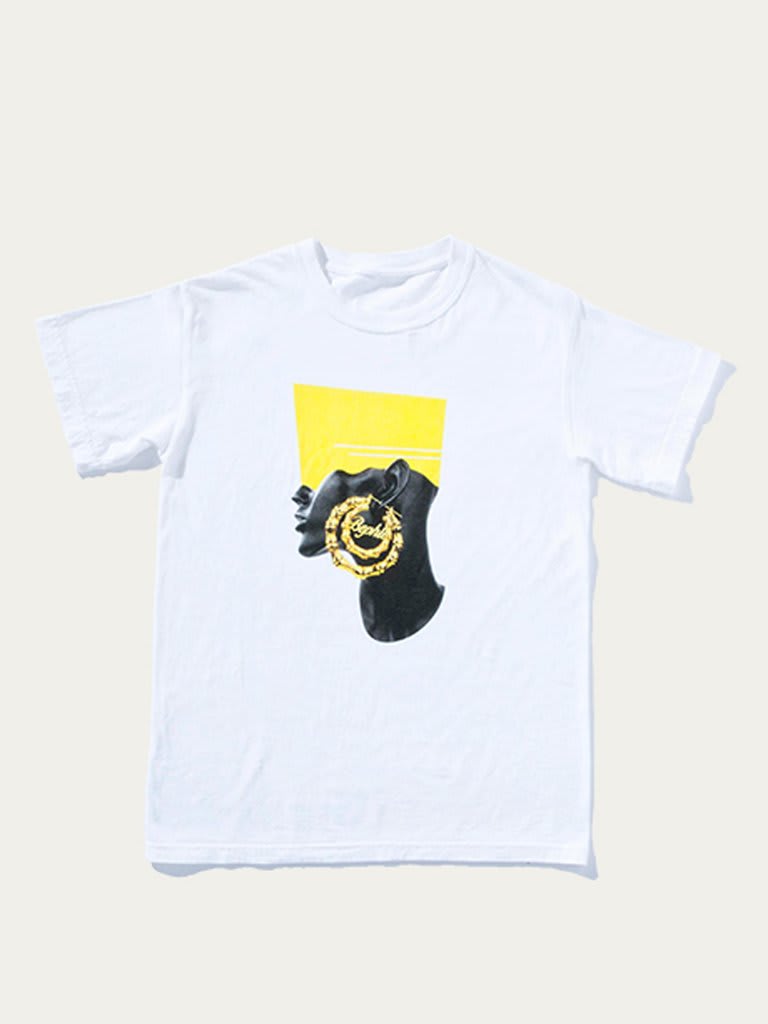
Your upcoming Dickies collaboration is dedicated to Latina women. Can you talk about the importance of working with and making things for women of color for you?
When I decided to design the pieces, I had been doing a lot of research on women bosses and, especially women of color, we tend to be in gangs. We’re different types of bosses. And of course, there’s a lot of Latina Cholas. I was just really into that at the time. So when I was designing that collection, that was definitely an inspiration
But when we finally decided to do some visuals for it, I didn’t want it to look stereotypical or negative because there’s so much history in Los Angeles. The photoshoot was a nod to the Zoot suit era in the ‘40s and we had a really dope makeup artist called Selena [Ruiz] and hair stylist called Nena Sole Fly and they’re both L.A.-based women, Latina women. I was on my journey of working with other women of color and doing something different than my first Bephie presentation. And I thought it was cool to come at it from a strong female angle and represent L.A. I think Dickies does [represent L.A.], but they never really make it for women.
Yeah, you always have to buy the boys’ sizes.
Yeah, and you have to cut it and alter it. And a lot of Latinas really repped [Dickies] hard, so I was like, this needs to be dedicated to them. I did a pleated pant. Instead of the regular Dickies, it accentuates the curves, the tiny waist, and the butt. We did a little more cropped jacket but still in that streetwear aesthetic and retro jacket and shirts from the ‘70s and ‘50s.

Did you know you always wanted to get into fashion?
I was always interested in it. But I was always interested more in style than fashion. I’m inspired by how people who have nothing take things and make it look amazing. I went to Parsons and studied art history, and I’ve always had an issue with not seeing myself in art and in fashion. So I never wanted to a fashion designer for that reason. But now, I know that I could change the narrative by becoming a fashion designer.
What’s your goal for Bephie?
I want it to be more cut and sew pieces. I want it to be more complicated than a top and bottom. I believe in creating clothes that are genderless because part of me wanting to do Bephie was like, I don’t want a smaller version of a men’s tee. I want to create images of people that wear the clothes, which is everyone. Fashion and luxury used to be geared towards high-end. Everybody aspired to look rich and luxurious. But now that that’s so accessible they’re just going towards appropriation. I want to change that narrative and make it more from an authentic point of view.
My goal is to expand the lifestyle part of it. I want to represent different kinds of women of color, whether it’s through ‘zines, short films, fashion... I want to empower women of color and give us a voice. But not through a corporate structure that’s saying, “We’re gonna give you women of color a platform.” Right now, we don’t have any outlets for stuff like that, and trying to pitch it to a Vice magazine it has to make sense in terms of dollars and cents, which is hard to prove as a POC. But yeah, I just want to create more of a lifestyle brand. That’s the ultimate for Bephie.


